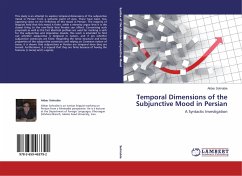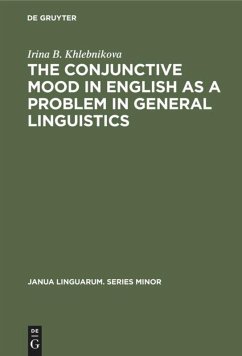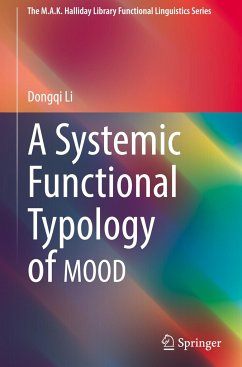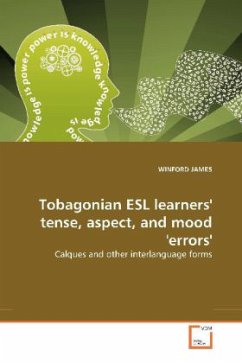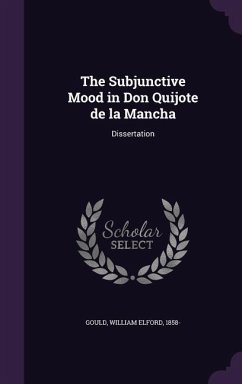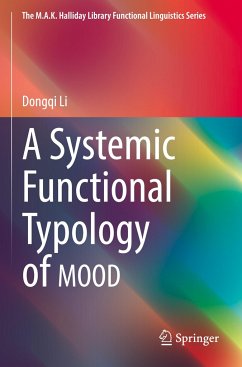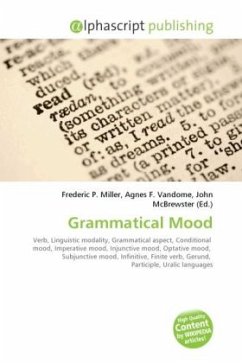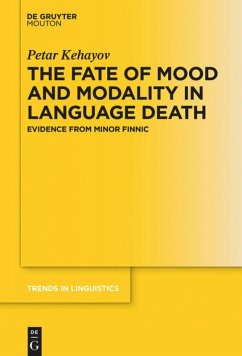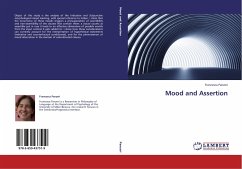
Mood and Assertion
Versandkostenfrei!
Versandfertig in 6-10 Tagen
58,99 €
inkl. MwSt.

PAYBACK Punkte
29 °P sammeln!
Object of this study is the analysis of the Indicative and Subjunctive morphological mood marking, with special reference to Italian. I claim that the occurrence of these moods triggers a presupposition of assertibility and non-assertibility of the clauses that contain them: a clause counts as assertible just in case it leads to an effective elimination of possible worlds from the input context it gets added to. I show how these considerations can correctly account for the interpretation of hypothetical statements (indicative and counterfactual conditionals), and for the phenomenon of mood alt...
Object of this study is the analysis of the Indicative and Subjunctive morphological mood marking, with special reference to Italian. I claim that the occurrence of these moods triggers a presupposition of assertibility and non-assertibility of the clauses that contain them: a clause counts as assertible just in case it leads to an effective elimination of possible worlds from the input context it gets added to. I show how these considerations can correctly account for the interpretation of hypothetical statements (indicative and counterfactual conditionals), and for the phenomenon of mood alternation in the domain of subordinated clauses.



